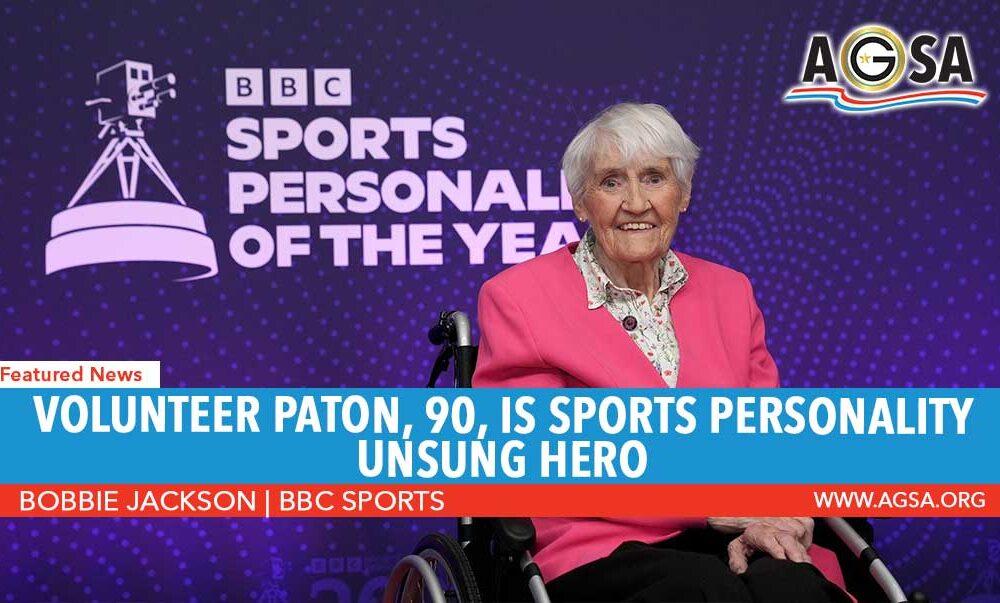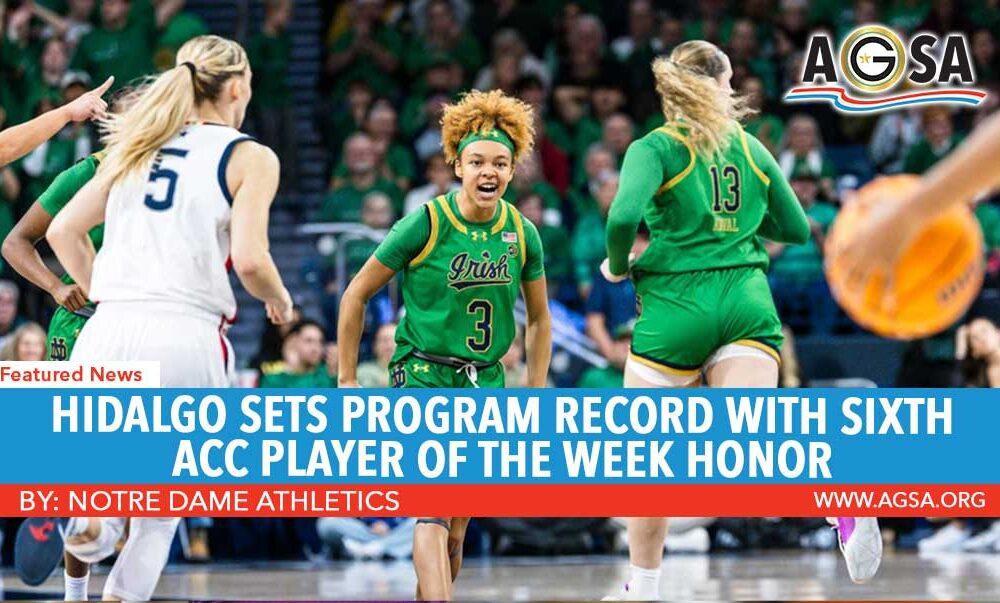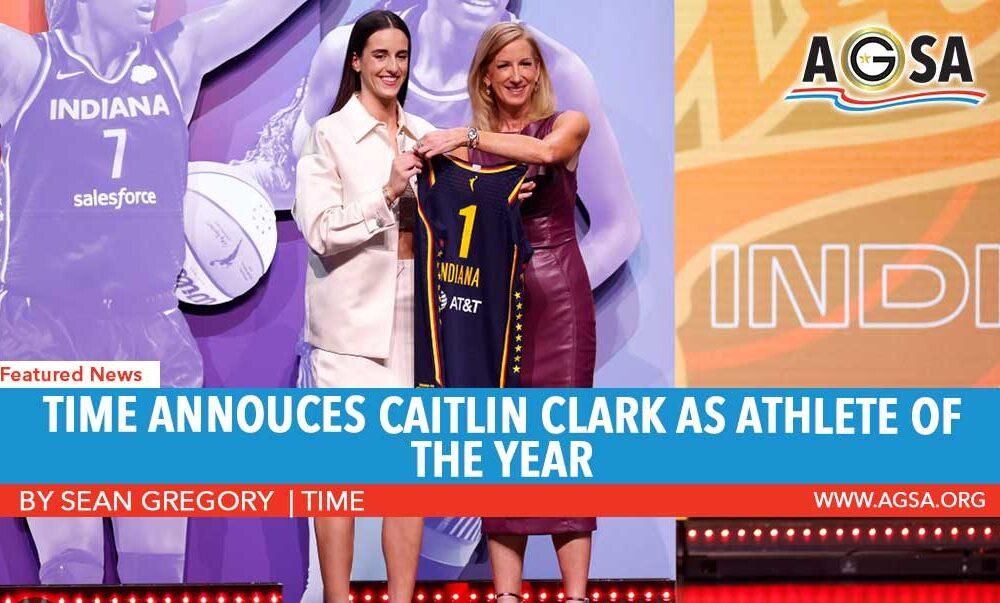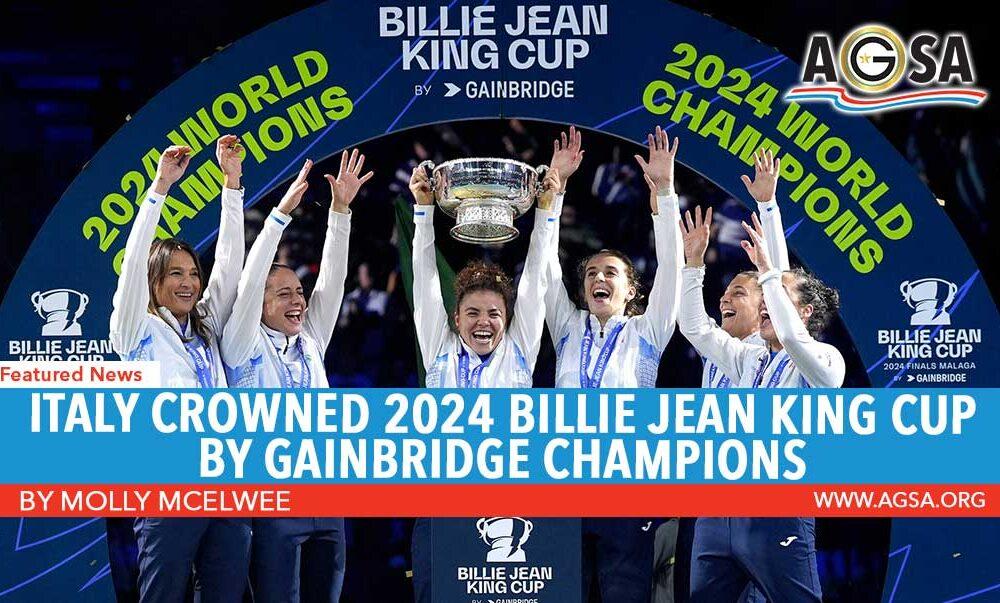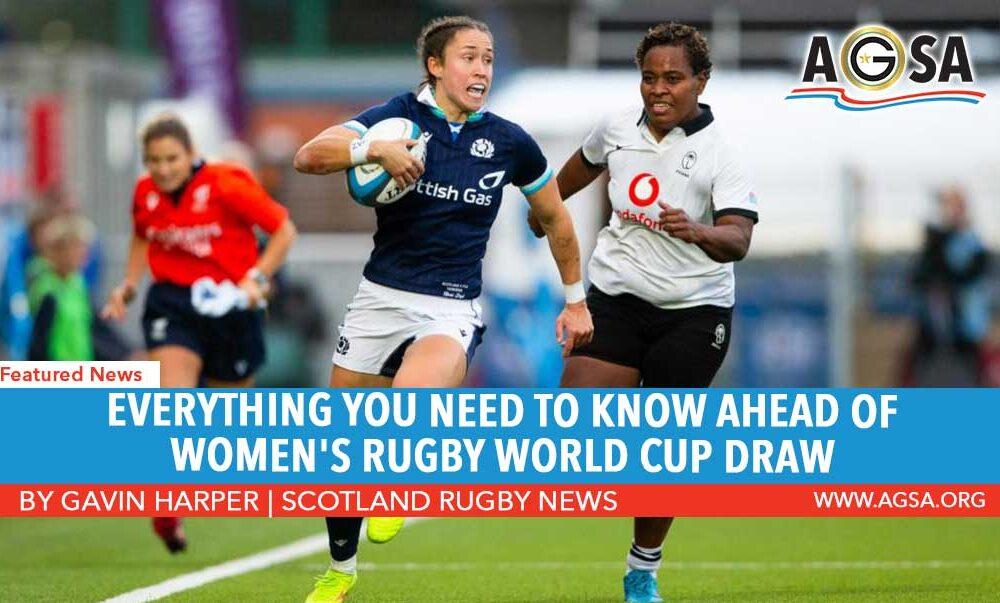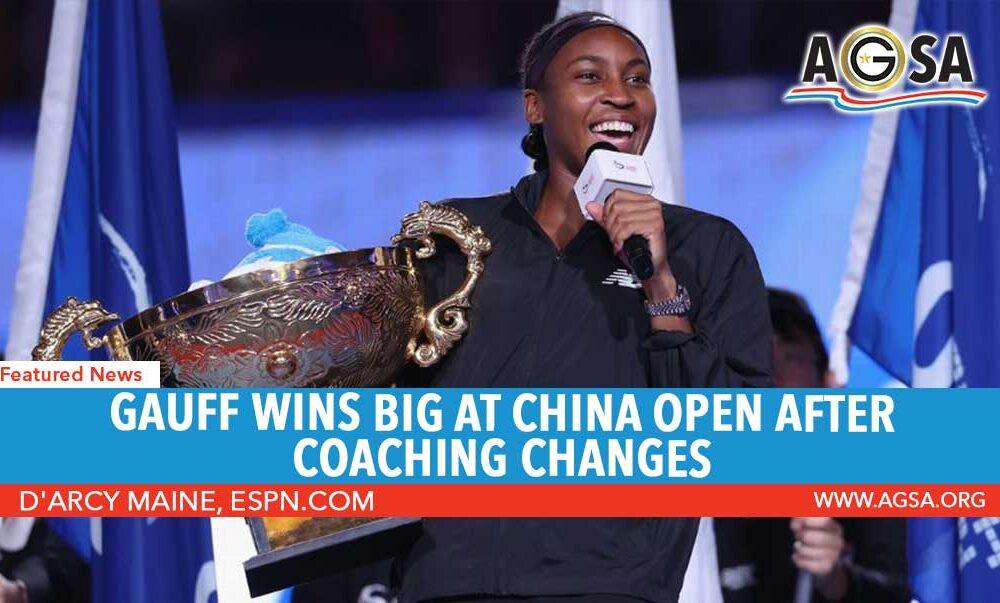Just Women’s Sports alongside Olympic gold medalist and two-time World Cup champion Kelley O’Hara are proud to announce the debut of Sports Are Fun!, a new studio show premiering February 4th.
Presented by Intuit TurboTax, Sports Are Fun! features O’Hara and co-host Greydy Diaz discussing anything and everything from the world of women’s sports with help from a rotating cast of co-hosts and guests. Production runs through 2025.
Everything you love about women’s sports — with a little extra fun
“This is a show that will remind fans why they fell in love with sports,” O’Hara said ahead of the show’s launch. “That means tapping into all the stories, big or small, that get the group chat going. You’ll feel like you’re there with us, talking about your favorite games, teams, and athletes.”
O’Hara retired from professional soccer in 2024 after a legendary career that included winning two World Cups, an Olympic gold medal, and two NWSL Championships. She also helped secure equal pay for the US women’s national soccer team.
“The next step in the evolution of women’s sports is building out a media ecosystem that can keep fans connected around-the-clock,” said Just Women’s Sports founder and CEO Haley Rosen. “This show closes the gap when it comes to innovative, personality-driven coverage, and we’re thrilled to be partnering with Intuit TurboTax as they make a splash in the women’s sports space.”

O’Hara takes to the screen in her post-retirement era
O’Hara and JWS have worked extensively together over the years. They first launching the Just Women’s Podcast with Kelley O’Hara back in 2020. Later shows included The Players Pod, 2024 Paris Olympics favorite The Gold Standard, Fast Friends with Kelley O’Hara and Lisa Leslie, as well as digital hits Kelley on the Street and 1v1 with Kelley O’Hara.
Sports Are Fun! is by no means O’Hara’s first foray into media. But it does mark the official beginning of her second career as a full-time on-air personality and content creator.
The first episode of Sports Are Fun! will debut February 4th, 2025. Catch every episode via Just Women’s Sports’ YouTube page, as well as across all audio podcast platforms.

